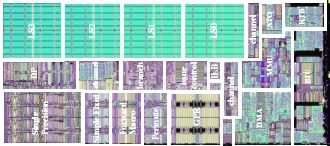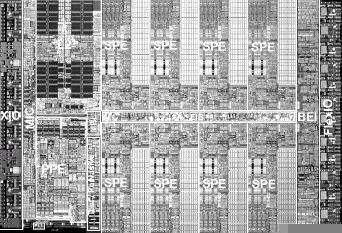 Tomorrow Jeff Hawkins will be revealing a new product for Palm, Inc. Despite him claiming that the product would not be a handheld or smartphone, plenty of people has been making predictions that it would. Knowing Palm's past business practice I highly doubt that the device would be revolutionary, but just to be safe I am going to predict something big.
Tomorrow Jeff Hawkins will be revealing a new product for Palm, Inc. Despite him claiming that the product would not be a handheld or smartphone, plenty of people has been making predictions that it would. Knowing Palm's past business practice I highly doubt that the device would be revolutionary, but just to be safe I am going to predict something big.Remember a few years ago when IBM research announced a mobile PC concept called the MetaPad (then later called the Mobile Computer Core, then later by IBM Japan as the PC Core System)? If not you can read about it here. While the concept never really took off (concepts has been shown by other companies, but I doubt it ever made it into the consumer market, at least not outside Japan), I do hope someone (be it IBM or another PC vendor) would attempt to market something similar. If it is Palm with their new Linux-based OS then that would be awesome, but like I said earlier, I highly doubt they have the ability to do so.
But one of the reasons I am bringing this up was because of Hawkin's assertion that it will be something to do with mobile computing with plenty of storage. UMPCs, PDAs, smartphones, dumphones and mobile internet tablets can all do that, but if Hawkins were to announce a new product that would fit into any of those categories that I just mentioned then I would be very disappointed. Well we will see about it tomorrow.
Update (30/05/07):
Ugh, this is the exciting new product?

A proprietary sub-notebook running on a proprietary version of Linux? The cost is even more ridiculous. US$599 (probably £499 here). If this were to cost say... US$299-399 (depending on specs), then I can think of a reason why people would want one (eg. a permanent and cheap internet only notebook for the living room), but right now most can already sync their Treos/Blackberries/smartphones etc. to a proper Wintel ultra-portable. This would be a pretty exciting product if it was released in 2001, when I still had a desire for a consumer Psion 7 series or a HPC. Corporate ITs may consider the product but I doubt there is a significant consumer market for it.
At least the design of the Foleo notebook looks pretty good. It appears to have a proper keyboard and it does come with a trackpoint/nipple mouse, the best mousey technology ever created. But still...








